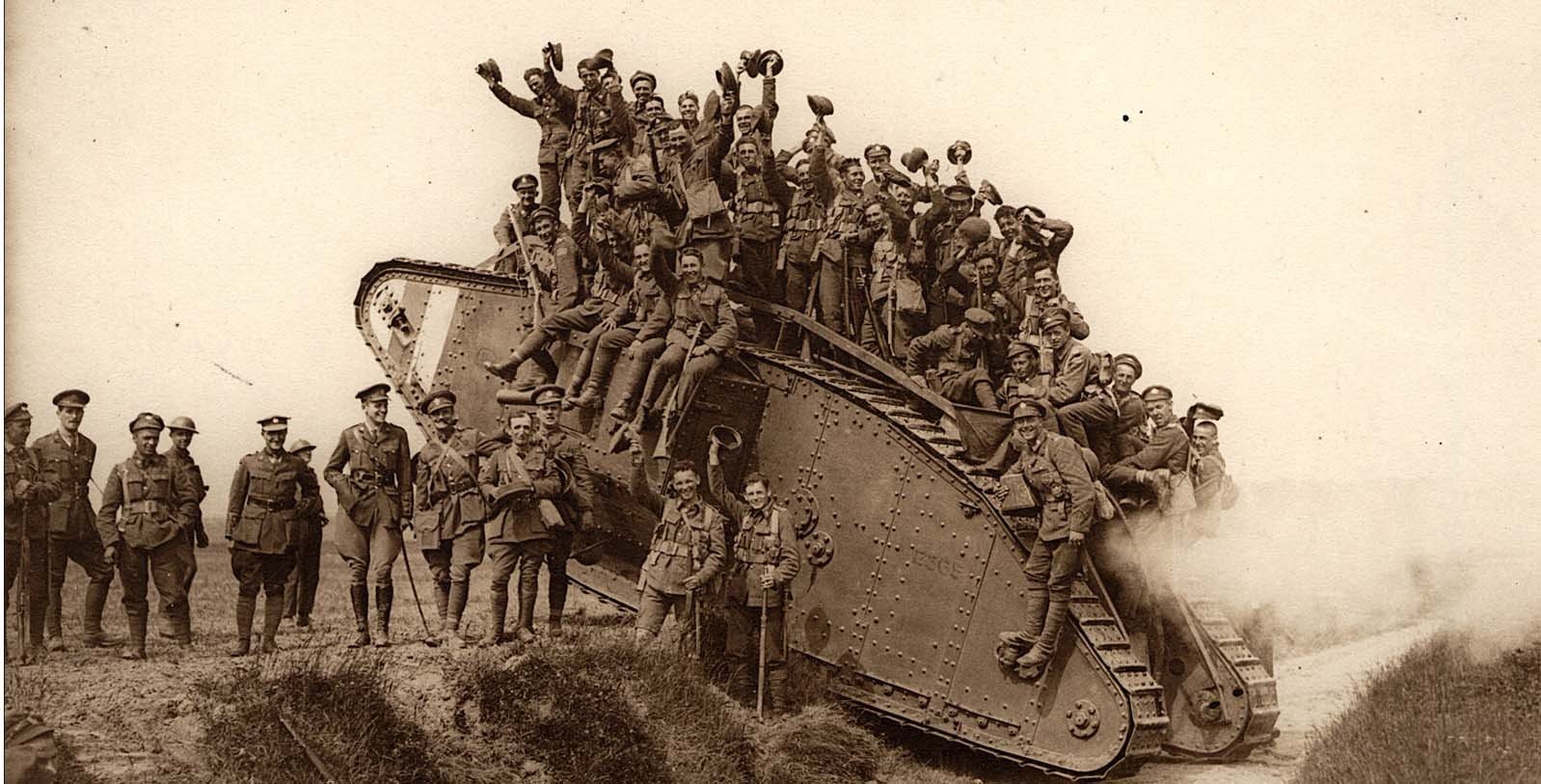
On why Chris Clark’s Sleepwalkers is important for students of history and politics

2014 marks the 100th anniversary of one of the costliest conflicts in history -- the First World War -- which dragged on until November 11, 1918. Before the World War II, it was called the "the war to end all wars". In fact, the term First World War was first used in September 1914 by the German philosopher Ernst Haeckel, who maintained that "there is no doubt that the course and character of the feared ‘European War’ will become the First World War in the full sense of the word".
In that conflict, states Christopher Clark, a Cambridge historian, 65 million troops were mobilised, claimed three empires, 20 million military and civilians lost their lives and 21 million were wounded. A casualty rate was exacerbated by the belligerents’ technological and industrial sophistication, and a tactical stalemate. The horrors of Europe’s twentieth century were born out of this catastrophe; it was, as the American historian Fritz Stern put it, "the first calamity of the twentieth century, the calamity from which all other calamities sprang".
One of the deadliest conflicts in history, it paved the way for major political change, including revolutions in many of the nations involved. Military tactics before World War I failed to keep pace with advances in technology and had become obsolete. Barbed wire was a significant hindrance to massed infantry advances, while artillery, vastly more lethal than in the 1870s, coupled with machine guns, made crossing open ground extremely difficult. Commanders on both sides failed to develop tactics for breaching entrenched positions without heavy casualties.
In time, however, technology began to produce new offensive weapons, such as gas warfare and the tank. On April 22, 1915 at the Second Battle of Ypres, the Germans used chlorine gas for the first time on the Western Front. Several types of gas soon became widely used by both sides, and though it never proved a decisive, battle-winning weapon, poison gas became one of the most-feared and best-remembered horrors of the war.
Tanks were first used in combat by the British during the Battle of Flers-Courcelette on September 15, 1916, with only partial success. However, their effectiveness would grow as the war progressed. The Germans employed only small numbers of their own; supplemented by captured Allied tanks.
The story of how this war came about makes sense of the multilateral interactions among five autonomous players of equal importance -- Germany, Austria-Hungary, France, Russia and Britain. Six, if we add Italy, plus various other strategically significant and equally autonomous sovereign actors, such as the Ottoman Empire and the state of the Balkan peninsula, a region of high political tension and instability in the years preceding the outbreak of the war.
The way that war transformed the world can hardly be encompassed in the limited space of a single column. Suffice it to say, however, that much of the recent world was formed in the wake of the First World War, be it the conception of Israel, the League of Nations, the decline of colonialism and the end of monarchies and the emergence of nation state etc.
On Sunday, June 28, 1914 at approximately 10.45am, the Austrian Crown Prince Franz Ferdinand and his wife Sophie Chotek were killed in Sarajevo, the capital of the Austro-Hungarian province of Bosnia and Herzegovina, by Gavrilo Princip, a 19 year-old member of Young Bosnia and one of a group of assassins organised and armed by the Black Hand, which nursed the aim of "unification or death". Unofficially known as the Black Hand, it was a secret military society formed on September 6, 1901 by members of the Serbian Army. As described above, it was formed with the aim of uniting all of the territories with South Slavic.
The assassination of the Austrian Crown Prince has been overshadowed by the events which followed it. An incident happening in the relatively peripheral city of Sarajevo might be considered as an insignificant occurrence with no substantial bearing on the future events. Christopher Clark in his excellent book The Sleepwalkers: How Europe Went to War in 1914 [2012] has brought that event of assassination into focus. Thus an insignificant subject, which has so far been treated tangentially by most historians of Europe, is not only properly contextualised by the author but is also placed in the context of recent organisations spawning terrorism.
The Black Hand too began, as Clark describes, with a squad of suicide bombers and a cavalcade of automobiles. It therefore was "an avowedly terrorist organization with a cult of sacrifice, death and revenge". Like al-Qaeda, it was "extra-territorial, without a clear geographical or political location; scattered in cells across political borders, it was unaccountable and its links to any sovereign government were oblique, hidden and certainly very difficult to discern from outside the organisation".
If anyone reads this description without proper context, the instantaneous image emerging on the mind would be that of al-Qaeda. That obviously begs the question whether al-Qaeda is a modernist organisation in terms of its ideology and method or whether Black Hand was anti-modern? Chris Clark designates the latter as a product of raw modernity.
Some of the major theorists such as John Gray and Arjun Appadurai hold the same opinion about al-Qaeda, or even several smaller terrorist organisations which have global ambitions. In the history of Muslims, the only case comparable to Black Hand or al-Qaeda was the movements of Assassins and that too had been much deprecated by mainstream Muslim thinkers and writers themselves.
To conclude, I would recommend Sleepwalkers to students of history and politics. It is the best ever study on the subject which is vital for understanding as to how the formation of the international politics in the 20th century came about.